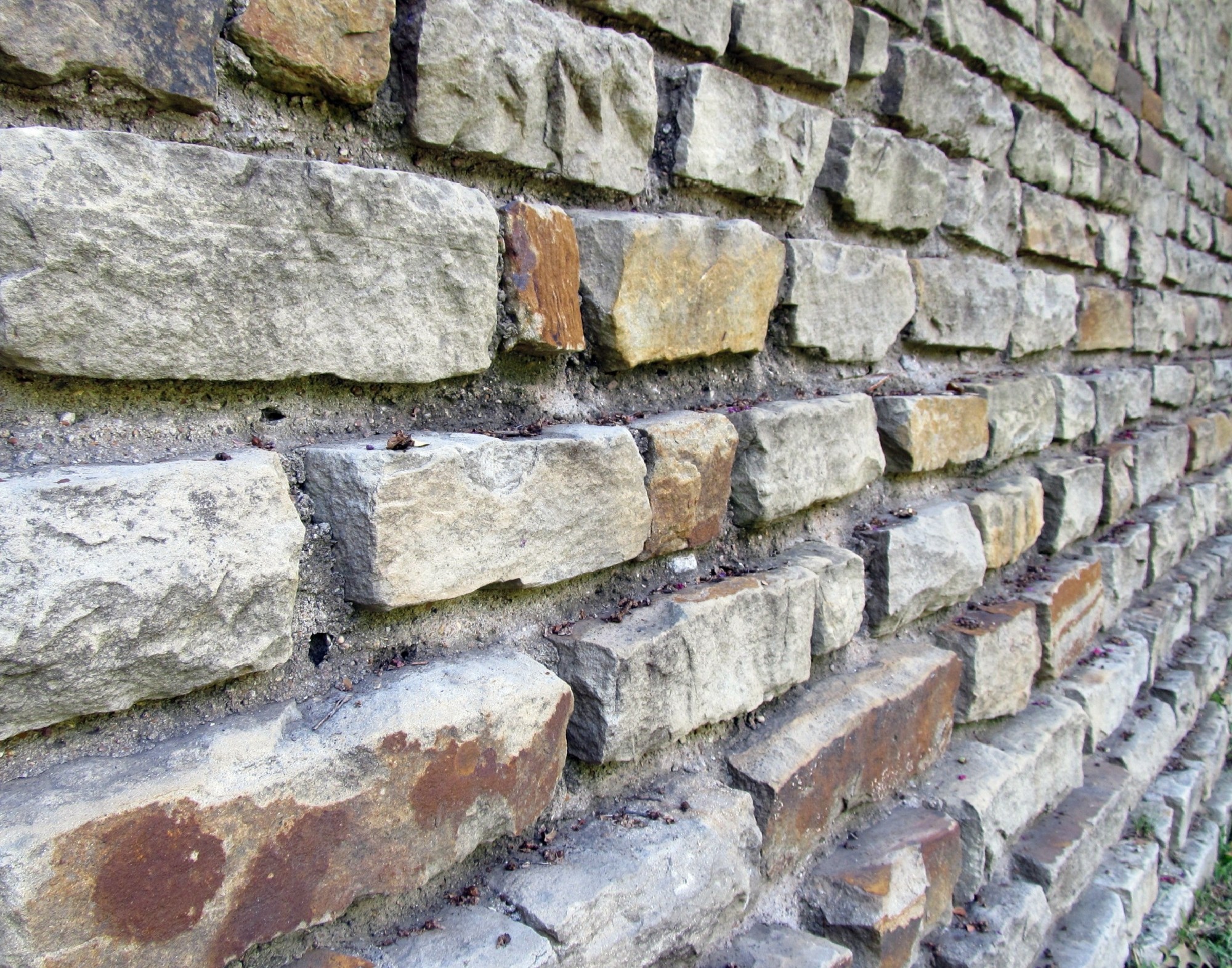Are you seeking solutions for your sloping yard? If so, you likely have considered installing a retaining wall.
Retaining walls hold up a section of your yard and allow you to create level areas. With proper planning, they can also add interest and beauty to your outdoor space.
Read on to explore the different types of retaining walls available to you. Showing your creativity and some DIY efforts, you can find a solution that brings relief to your yard maintenance and adds beauty to your yard to boot!
Concrete
As one of the oldest and most common types of retaining walls, these structures are made out of durable concrete. It helps everyday homeowners or business owners keep their soil and gardens in check.
In addition to being aesthetically pleasing, it’s designed to:
- Resist changes in weather
- Maintain the soil
- Reflect sound
It provides a multi-purpose solution to the needs of any property. These walls are typically made up of two or more concrete sections, each with its own unique texture and design.
Earth and Gabion
These types of walls are made from soil, rocks, or other materials. It’s built with a drainage system to allow water to be easily controlled. It is more durable and offers more support for the earthworks, and it’s constructed of a steel mesh framework filled with rocks or other materials.
They are the preferred choice for applications where strength and longevity are key factors. It can be designed with various levels of slope to allow for drainage and may even be curved to create an aesthetically pleasing form.
Revetment
Revetment retaining walls are structures constructed to protect against soil erosion and flooding. They are usually made of rock, concrete, or other materials that are designed to stabilize sloping terrain.
These walls are also sometimes referred to as:
- Revetment barriers
- Bank protection structures
- Unconsolidated rubble mound walls
- Boulder placement structures
It’s an ideal choice for areas prone to flooding or coastal erosion, as they help to prevent these damaging forces from entering the area.
Segmental Block
Segmental block retaining walls are a popular choice for landscape projects. They are easy to install and create reliable walls that require minimal maintenance once installed.
It’s built with precast, reinforced concrete blocks or segmental units, which are designed to interlock. The blocks are fitted together and can be stacked to create a free-standing wall. It can also be colored for a more decorative effect.
Retaining walls provide valuable solutions to support soil, making them an essential part of the home landscape. Whether building a wood, stone, or masonry wall, homeowners should always consult their local building office for a retaining wall permit. Act now to take advantage of the many benefits these structures offer.
Learn More About Types of Retaining Walls Today
Retaining walls play an integral role in landscaping features and should not be taken lightly. For the best results, be sure to hire a professional or do extensive research to identify the most suitable type of retaining wall for your needs.
With the right knowledge, you can find the perfect wall to improve the look and safety of your property. So what are you waiting for? Start searching for types of retaining walls today!
Did you find this article helpful? Visit more of our blogs!
